Mugwort
$4.49
Artemisia Vulgaris
- Seed Count 1000
- Medicinal And Culinary
- Perennial
In stock
Description
Mugwort is a tall herbaceous perennial with a woody root. The leaves are smooth with a dark green tint on the upper surface, but covered with a dense cottony down beneath. The erect stem often has a red-purplish tinge. Adaptable to most soils and conditions.
It has been known since ancient times with a multitude of medicinal uses, it is one of the nine Saxon magic herbs and a traditional ingredient in the medieval witches formula for flying ointment.
Mugwort has a mellow sage-like aroma and has strong bittering properties. Long before hops became the just about the only herb used to make beer, many different herbs and spices were used, and Mugwort was often the brewer’s choice.
Closely allied to the Artemisia absinthe but is distinguished by the leaves being white on the under-surfaces and by the leaf segments being pointed, not blunt. It lacks the essential oil of the Wormwood.
In the kitchen it is used to flavour fish and poultry dishes and medicinally a folk remedy for nausea, PMS and vomiting .
| Method:Sow direct or seedlings | Soil Temp:10°C - 25°C |
| Cool Mountain: Nov - Dec | Position: Part Shade |
| Temperate: Sep/Nov, Mar/Jun | Planting Depth: Surface |
| Sub Tropical: May - Oct | Row Spacing: 70 cm |
| Arid: Aug - Jan | Harvest: 100 Days |
| Tropical: Jun - Aug | Plant Height: 1.5 m |
Climate and Soil Requirements
Climate:
- Mugwort is adaptable to a wide range of climates but prefers temperate to subtropical regions.
- It grows well in most parts of Australia, including coastal areas, inland regions, and even cooler highland zones.
Soil:
- Mugwort prefers well-draining soil with a slightly acidic to neutral pH (6.0–7.0).
- It can tolerate poor soil conditions, including sandy or rocky soils, but thrives in loamy, fertile soil.
Sunlight:
- Mugwort grows best in full sun but can tolerate partial shade.
- In hotter regions, some afternoon shade can prevent leaf scorch.
Propagation
- Sow seeds in spring or early summer.
- Scatter them on the soil surface and lightly press them in, as they need light to germinate.
- Keep the soil moist until germination, which takes 2–4 weeks.
- Space plants 70 cm apart to allow for their spreading growth habit.
Watering and Feeding
Watering:
- Mugwort is drought tolerant once established but benefits from regular watering during dry spells.
- Avoid overwatering, as it can lead to root rot.
Feeding:
- Mugwort does not require heavy fertilisation.
- A light application of compost or a balanced organic fertiliser in spring is sufficient.
Maintenance
Pruning:
- Trim mugwort regularly to control its growth and prevent it from becoming invasive.
- Cut back the plant in late autumn or early spring to encourage bushy growth.
Weeding:
- Keep the area around mugwort free of weeds, especially during the establishment phase.
Mulching:
- Apply a layer of mulch to retain moisture and suppress weeds.
- Avoid piling mulch directly against the stems to prevent rot.
Pest and Disease Management
- Mugwort is relatively pest resistant but can occasionally attract aphids or spider mites.
- Spray affected plants with a strong jet of water or use insecticidal soap.
- It is also resistant to most diseases, but root rot can occur in waterlogged soil.
- Ensure proper drainage to avoid this issue.
Harvesting
Leaves:
- Harvest young leaves in spring or early summer for the best flavour and aroma.
- Use fresh or dry them for later use.
Flowers:
- Harvest flowers in late summer when they are fully open.
Roots:
- Dig up roots in autumn for medicinal use.
Companion Planting with Mugwort
Mugwort is a versatile companion plant that can benefit your garden in several ways. However, it can be invasive, so plant it with caution and monitor its spread.
Benefits of Companion Planting with Mugwort:
- Pest Repellent: Mugwort’s strong aroma deters many pests, including moths, fleas, and aphids.
- Soil Improvement: Its deep roots help break up compacted soil and improve drainage.
- Pollinator Attraction: Mugwort flowers attract beneficial insects like bees and butterflies.
Good Companion Plants for Mugwort:
Vegetables:
- Tomatoes: Mugwort can help repel pests like tomato hornworms.
- Capsicum and Chillies: Its pest repellent properties benefit these plants.
- Cabbage Family (Broccoli, Cauliflower, Kale): Mugwort deters cabbage moths and other pests.
Herbs:
- Yarrow: Both plants thrive in similar conditions and attract beneficial insects.
- Chamomile: Enhances the growth and flavour of nearby plants.
- Lavender: Complements mugwort’s pest repellent properties.
Flowers:
- Marigolds: Both plants repel pests and attract pollinators.
- Echinacea: Benefits from mugwort’s soil improving qualities.
Plants to Avoid Planting Near Mugwort:
- Fennel: Mugwort can inhibit the growth of fennel.
- Other Artemisia Species: Planting mugwort near other *Artemisia* species (e.g., wormwood) can lead to competition and crosspollination.
Controlling Mugwort’s Invasive Nature
Mugwort can spread aggressively through its rhizomes and self-seeding.
To control its growth:
Dig up and divide plants every 2–3 years to manage their size.
Plant it in containers or raised beds to restrict root spread.
Regularly remove flower heads before they set seed.
Order Times
Seed orders are normally dispatched within three business days. You will receive an email when seeds are mailed out.
Postage Days
Seeds are mailed out Monday to Friday at 1pm. Except for the Friday of long weekends.
Postage Times
WA 2-3 Days: SA,NT 3-5 Days: NSW, ACT, QLD, VIC: 5-7 Days
Carrier
We use Australia Post Letter Postage for the majority of orders
Not only are our seeds packed in recycled paper envelopes, we keep the theme going when we post out website orders. To protect your seeds from moisture and the letter box munchers (snails), we use a very special plastic free material made from plants. They are then put into recycled mailing envelopes. Green all the way 💚🌿

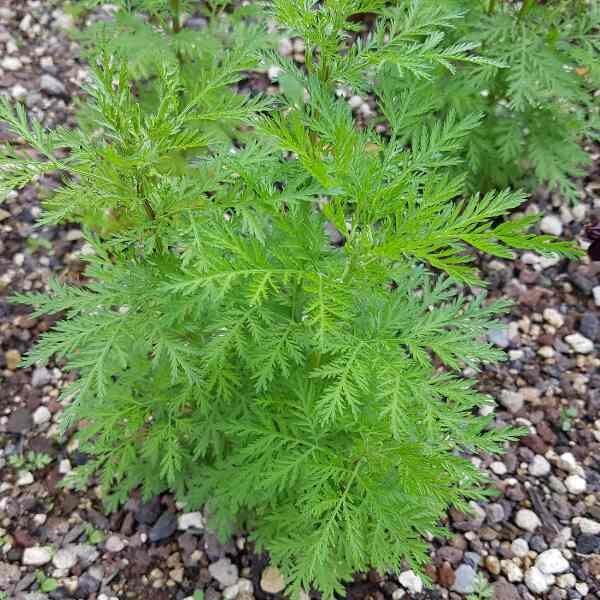



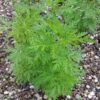
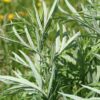

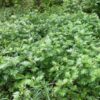


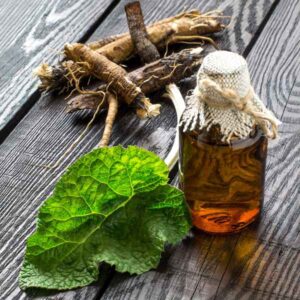
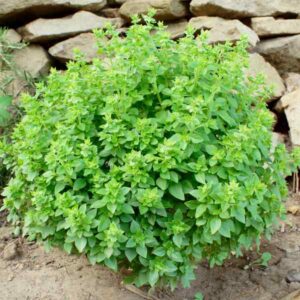
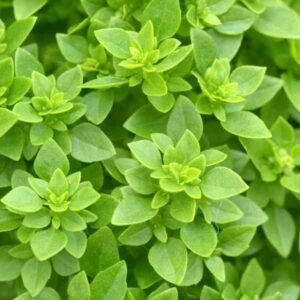
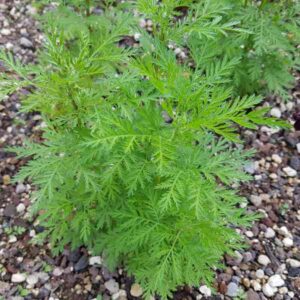
3 reviews for Mugwort